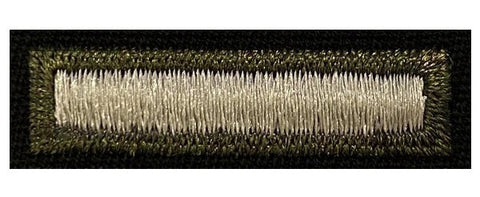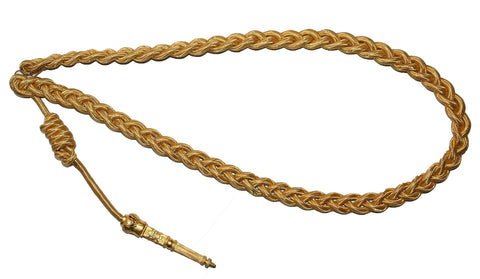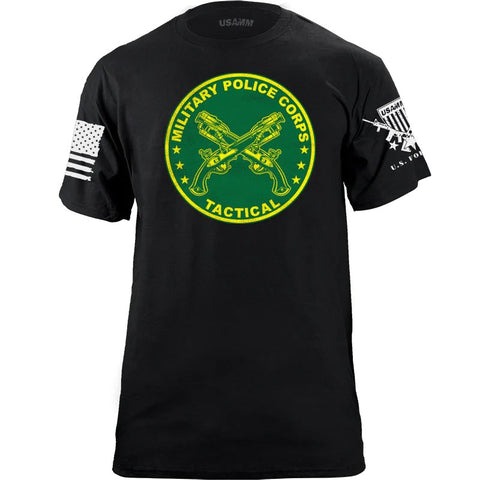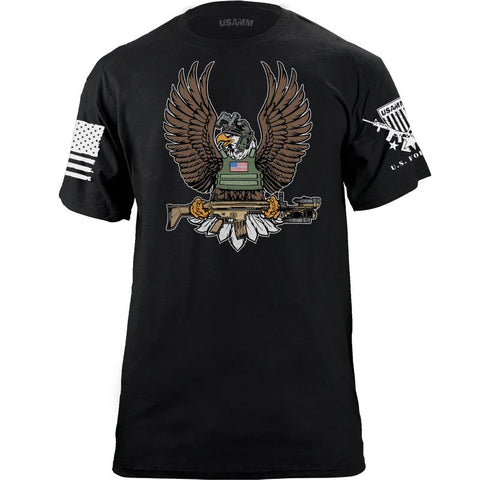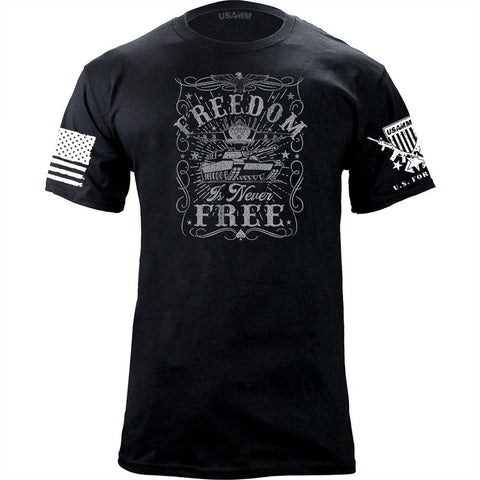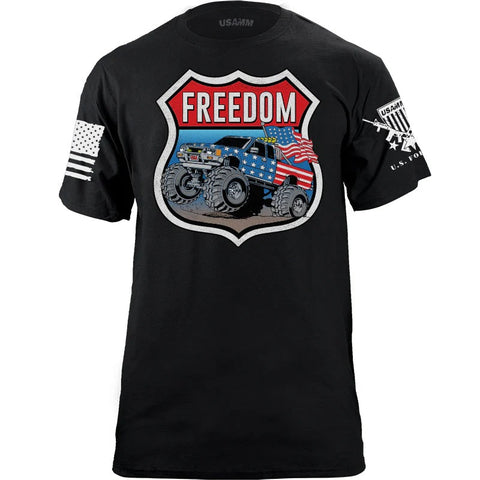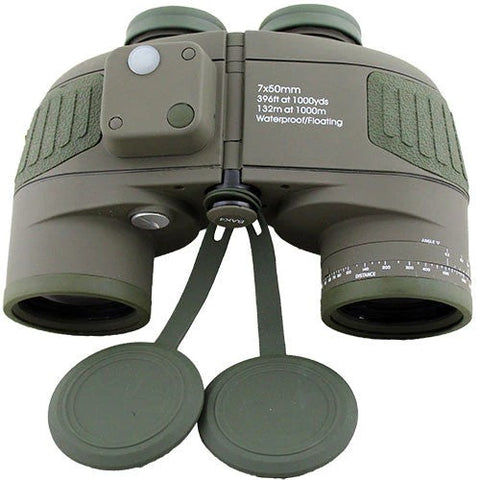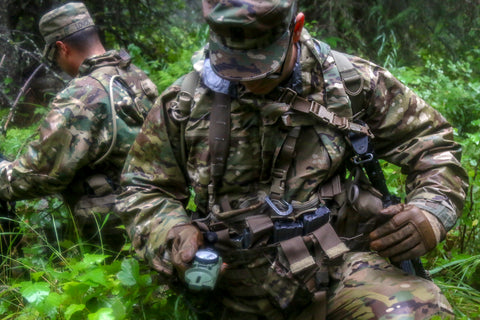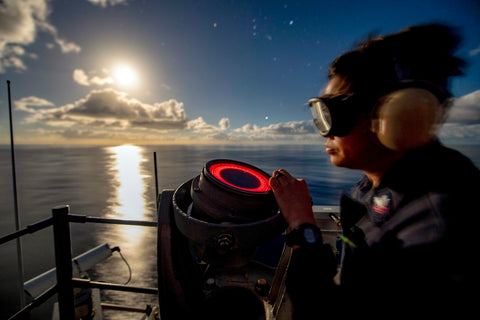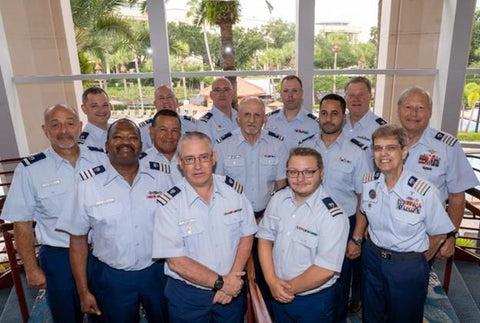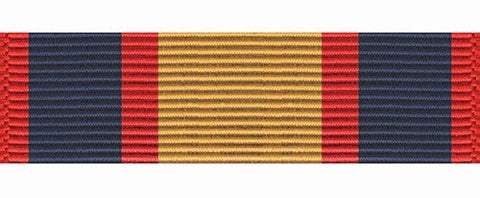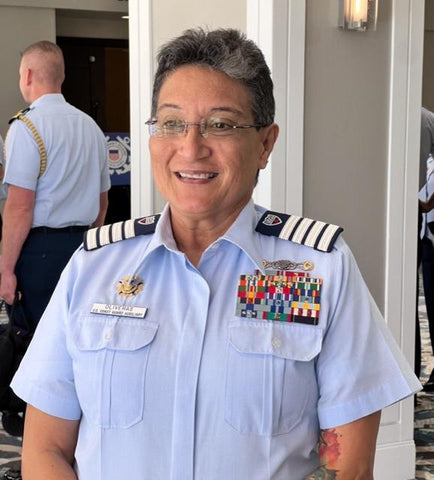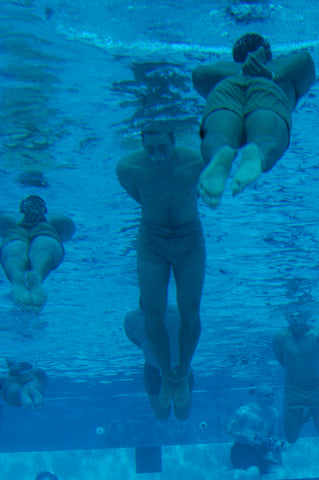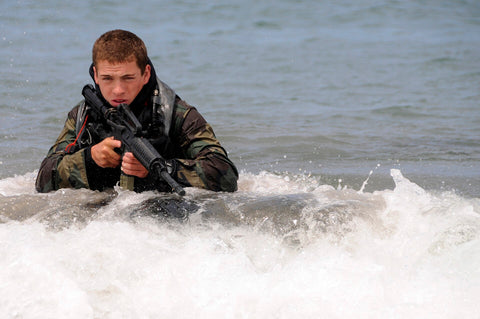What is a Marine Force Recon & What It Takes
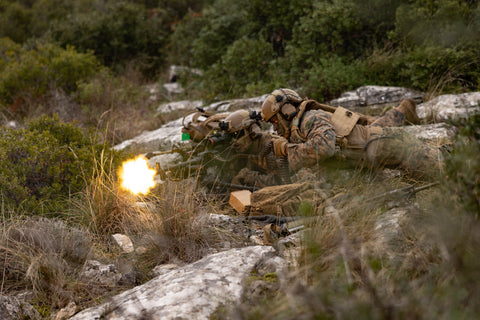
For the disciplined and the daring, few institutions on Earth hold the same allure as the U.S. Marine Corps Force Reconnaissance, commonly known as Marine Force Recon. These silent professionals epitomize the Marine Corps' ethos, taking some of the most hazardous and secretive missions in the U.S. armed forces, and their exceptional skills are honed to a scalpel's edge to operate with extreme efficiency. In this feature, we plunge into the depths of what it takes to become a member of Marine Force Recon and the pivotal role they play in global security.
Origins and Evolution
Marine Force Recon traces its lineage to the World War II era when the need for amphibious raids and reconnaissance missions was at an all-time high. They were not formally organized until 1957. Since then, the units have continually adapted to the evolving nature of warfare, becoming a critical asset for military planners and national security. Today, Marine Force Recon personnel combine their amphibious nature with advanced capabilities, working alongside other elite units and providing a 'first in' force, ready to assess and act in the most hazardous environments.
A Cut Above the Rest
Becoming a Force Recon Marine is the aspiration of many, but the achievement of few. The selection process is renowned for its toughness, designed to weed out all but the most capable candidates. Candidates are pushed to their physical and mental limits, a test of endurance that lasts weeks. From surviving intense physical fitness assessments to demonstrating proficiency in combat swimming and reconnaissance skills, those who make the cut are elite among the elite.
Training and Ethos
Upon being accepted into the training of Marine Force Recon, candidates undergo a grueling pipeline that includes the Basic Reconnaissance Course (BRC) where they learn the fundamentals of amphibious and combat operations. The training focuses on small-unit tactics, mission planning, and execution, specialized reconnaissance techniques, and survival skills suitable for any environment.
Marine Force Recon members, on average, start with attendance at the Infantry Rifleman Course, then as mentioned, attend the BRC, SERE (Survival, Evasion, Resistance and Escape) training, combatant diver course, Airborne school, multi-mission parachute course, complete parachute systems course, and the high-risk personnel course. They also attend a variety of courses like Ranger School and Pathfinder training.
Marine Force Recon personnel embody the Marine Corps values of honor, courage, and commitment, along with their unit's unique creed, which emphasizes silent movement, thorough recon, and dominating all forms of warfare.
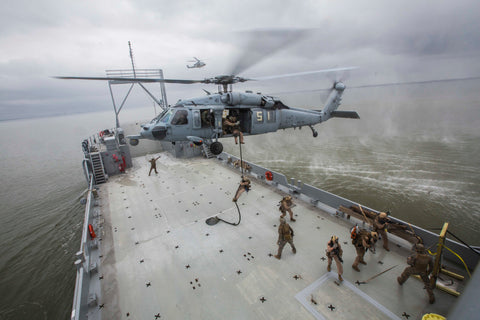
What Marine Force Recon Personnel Do
The operational tempo for Marine Force Recon personnel is intense. Their mission could be anything from reconnaissance and direct action to a variety of specialized tasks, such as personnel recovery and deep raids. They are experts in stealth, able to gather information without being detected, and are also fully capable of engaging the enemy.
Notable Missions and Contributions
Throughout their storied history, Marine Force Recon has participated in a plethora of notable missions, from the jungles of Vietnam to the deserts of Iraq and beyond. One such mission involved the locating and subsequent capture of Panamanian dictator Manuel Noriega during Operation Just Cause. Their expertise has consistently provided critical intelligence to operational planners, directly impacting the success of larger military endeavors.
The Force Recon Marine's Arsenal
To perform their duties, Marine Force Recon personnel are equipped with the latest in military technology and specialized gear. Their arsenal includes advanced weapons systems, reconnaissance equipment, and gear designed for mobility and survival. They employ digital satellite communication devices as well as thermal sights and advanced weapons.
In addition to physical equipment, Force Recon Marines leverage the most cutting-edge training and tactics, staying at the forefront of military innovation to maintain their edge in any environment or scenario.
Dynamic Training Environment
Force Recon Marines are not only masters of their craft but also lifelong learners. The dynamic nature of their missions means they are continuously trained in new technologies, reconnaissance methods, and evolving tactics. They engage in regular joint exercises with other U.S. Special Operations Forces units and international counterparts to ensure they are prepared for any contingency.
Leadership and Teamwork
Central to the success of a Marines Force Recon operation is the bond between team members. Each Marine is both a strong leader and follower, understanding that in the crucible of combat, the survival of the mission and the team depends on their individual actions. The trust between these warriors is unwavering, and it is this trust that allows them to act decisively, even in the most adverse conditions.
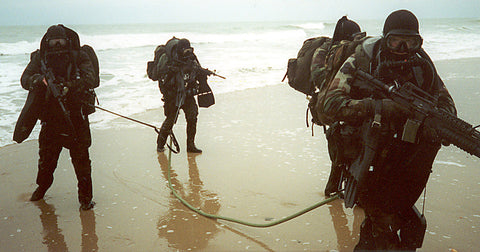
Future of Force Recon
In an uncertain world, the role of Marine Force Recon Marines continues to be as vital as it is ambiguous. Their adaptability and willingness to tackle the unknown make them essential components of U.S. military power. As threats continue to evolve, so too will the training, tactics, and technologies that define Force Recon.
The Marine Corps is constantly refining and updating the capabilities of its Force Recon units to meet the challenges of modern warfare. Whether in cyberspace or the most remote battlegrounds, these silent professionals will undoubtedly play a critical role in shaping America’s military strategy for years to come.
Conclusion
Marine Force Recon units are the pinnacle of Marine Corps professionalism. Their dedication to their craft, their willingness to undertake the most dangerous missions, and their commitment to serving their country make them among the most sought-after experts in the field of warfare. For those with an interest in military history or contemporary global security, the story of the Marine Force Recon is a testament to human capability and military excellence, inspiring awe and admiration in its retelling.







